RoHS is the acronym for Restriction of Hazardous Substances and is also known as “Lead free” (though incorrectly). RoHS directive is a European Union Directive 2002/95/EC and is applicable in all EU countries. The prime purpose of this directive is to restrict the use of hazardous substances in electric and electronic equipments with an objective of promoting environment friendly mechanism of recovery and disposal of wastes from electrical and electronic equipments. This directive restricts the use of six hazardous substances found in electrical and electronic products. Under RoHS, all electrical and electronic products destined for sale in the EU market after July 1, 2006 must pass RoHS compliance, i.e., they must be free of six hazardous substances identified by the directive. RoHS directive does not apply to spare parts for the repair or reuse of EEE put on the market before 1st Jul 2006.
RoHS is the acronym for Restriction of Hazardous Substances and is also known as “Lead free” (though incorrectly). RoHS directive is a European Union Directive 2002/95/EC and is applicable in all EU countries. The prime purpose of this directive is to restrict the use of hazardous substances in electric and electronic equipments with an objective of promoting environment friendly mechanism of recovery and disposal of wastes from electrical and electronic equipments. This directive restricts the use of six hazardous substances found in electrical and electronic products. Under RoHS, all electrical and electronic products destined for sale in the EU market after July 1, 2006 must pass RoHS compliance, i.e., they must be free of six hazardous substances identified by the directive. RoHS directive does not apply to spare parts for the repair or reuse of EEE put on the market before 1st Jul 2006.
Need For RoHS
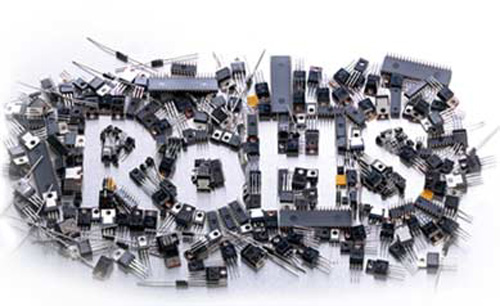
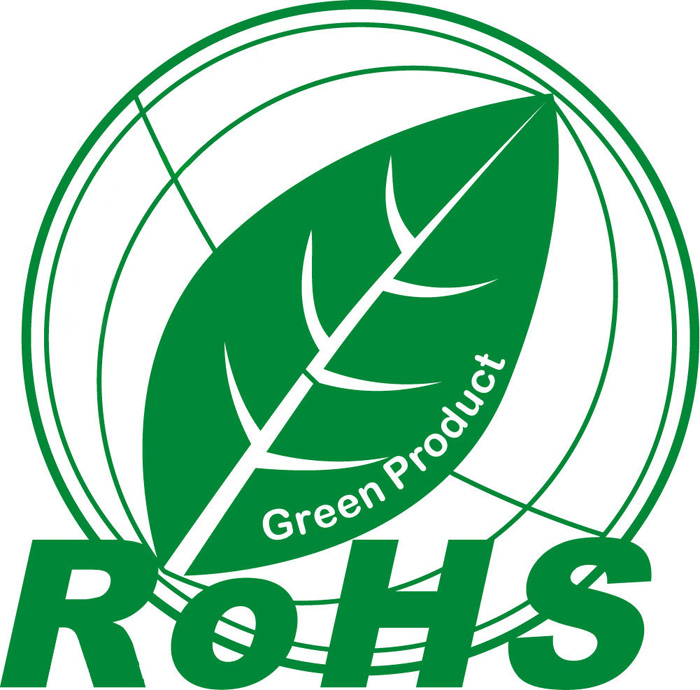
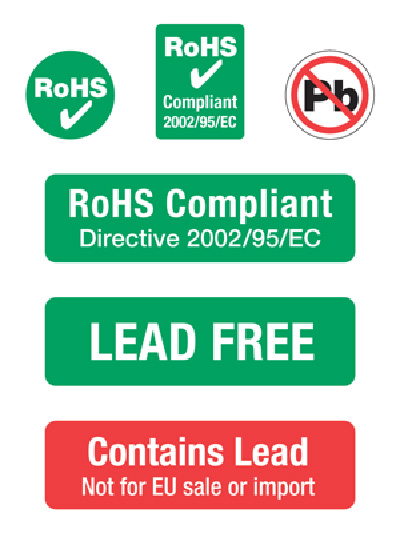
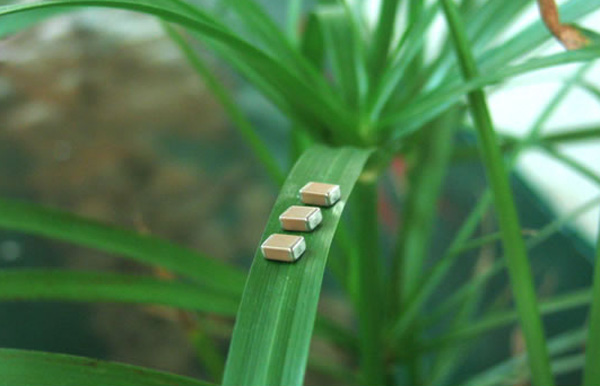
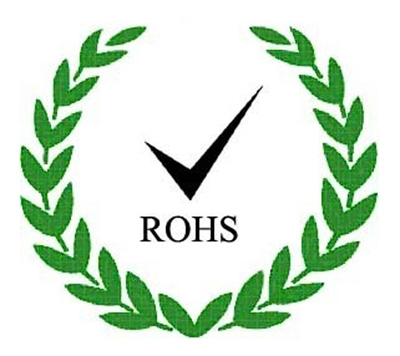
Filed Under: Articles


Questions related to this article?
👉Ask and discuss on Electro-Tech-Online.com and EDAboard.com forums.
Tell Us What You Think!!
You must be logged in to post a comment.